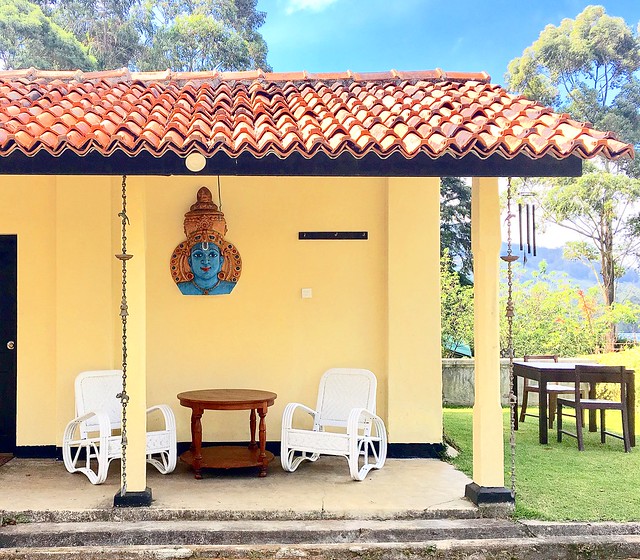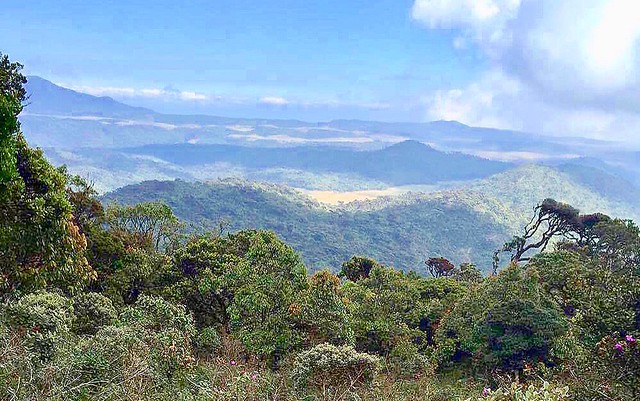Demi Perera explores the under appreciated history and wonder of Nuwara Eliya, Sri Lanka.
It’s been the most unimaginable couple of years since I started travelling full time for a living. Even though it felt like I’d been on the road forever the urgency of the places I’ve never seen continued to seduce me away from what most would consider a good life. That was until I got to Nuwara Eliya, Sri Lanka: a place so astounding it brought me to an abrupt halt, made me stop and stare in utter wonderment. I was bewitched. For the first time in a long while a place felt like home.
Mystic Mountains
Ramayana, one of the largest ancient epics in world literature (6th – 8th century BC) chronicles the magical story of Prince Rama of Ahodhya’s valiant rescue of his wife Sita from a terrifying 10-headed demon king Ravana. Within its 24,000 versus, the poem recounts the journey endured by the princess; Tricked and forcibly taken in Pushpaka Vimana (a plane in the shape of a peacock). Ravana flew the craft over the breathtaking landscape of lush greenery, icy streams and imposing waterfalls of Lankā to bring Sita to the capital. Prince Rama, in his search for Sita, enlists the help of a larger than life monkey General Hanuman and rescues the princess from the island fortress of Lankā.
Although proof exists* that Lankā of Ramayana is unlikely to be the island of Sri Lanka folklore maintains that Nuwara Eliya was King Ravana’s capital where Sita was held against her will. Over centuries, kovils have been built and waterfalls and caves named after Rama and Sita whose love is revered due to their reunion as lovers over several incarnations. The fiercely loyal, heroic humanoid warrior Hanuman is always honoured next to them. This is the mysticism evoked by the landscape of Nuwara Eliya, buried deep in the heart of Sri Lanka.
Natural Resource
Centuries forward and the land’s ancient kings recognised the central highlands of Nuwara Eliya as a source of water to be protected. Although the area was inhabited during the early period of the last standing, independent Kingdom of Kandy (1469–1815) generations of monarchs respected and understood the natural value of the Eliya (opening or clearing). They built no palaces near or in the surrounding area to protect the hills from landslides. Complex irrigation systems made up of reservoirs and interconnected canals were constructed to direct water from the hills to paddy fields. The process of rice cultivation remained sustainable for centuries due to the methods used in production and the sanctity associated with it.
Throughout this period routes in to the city, which were impassable during the monsoons, were held in secret. Spreading knowledge of them was punishable by death. Kandyan forces used the landscape to their advantage and successfully battled to defend the kingdom until 1818. The Great Rebellion of 1817-18 marked the end of 2,358 years of self-rule on the island. During its final phase British colonists set fire to villages, homes, livestock and massacred the male population (over 18 years) in the Uva region.
This is the barely acknowledged history of Nuwara Eliya. The one that bubbles gently under the surface of neatly manicured lawns and the faded grandeur of colonialism. Welcome to the first of my series of posts about Nuwara Eliya. Follow the series for a deeper way to appreciate its wonders.
*Lanka, Sri_Lanka and possible locations






















